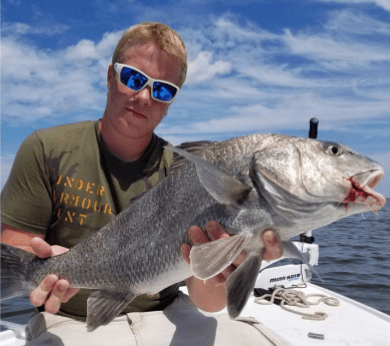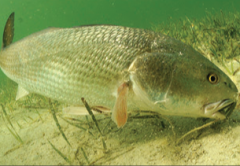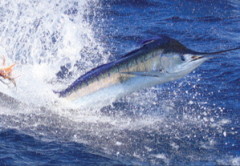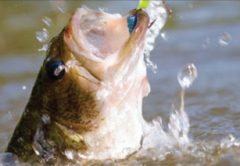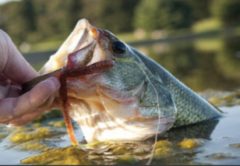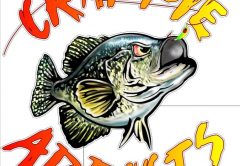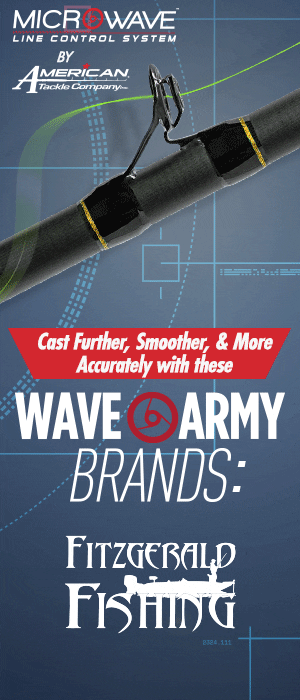The humble Black Drum is an often misunderstood friend of all inshore fisher people in the South East. Relatively mellow in nature and just about always looking to fill its belly with the right offering. This versatile gamefish can be a by-catch or your main target if you so choose. When fishing any type of crustacean in the lagoons of our east coast you have a chance of hookup with the rubber lipped drum. Shrimp, crab, clam, or any combination soaked around structure can have your line tight and potentially in a battle with a giant. By giant I mean pushing 60lb (plus) on our inshore waters. Now of course it’s going to be one heck of a chore maneuvering that much fish around bridge pilings and such, but I’m sure you all would give it a good try. There is a flip side to this brutish and “blind” drum fishing coin of sit and wait. As fall creeps in and waters start to cool those bigger drums feel a little frisky. Showing that spunk by invading the flats more commonly associated with your redfish or seatrout fun and hamming it up by feeding the only way they know how. Face in the bottom! Those little chin whiskers aren’t just there for show. Those wispy barbels serve a distinct purpose in the feeding habits of drum at every size. Not that you won’t catch a Black Drum on a mullet or other finfish (chunk or live), but they are built to dig crustaceans/shellfish. As they get large in the lagoons at roughly 15-20lb their diet becomes significantly more and if not solely non fish based, as the smaller (best to eat) ones seem to be a bit more adventurous in their meal choices. One of the most thrilling parts of this fishery is their willingness to tail as they search the bottom in hopes of the next treat. That tailing is a solid giveaway to actively feeding fish, whereas pushes from schools or individually seen fish could be a bit more challenging to get interested in your offering. “Eater” size drum are a bit more forgiving in their temperature range along with their willingness to feed on a wider variety of forage. By “eater” size I’m talking about drum from 4-12lbs and we call them eaters because you will be hard pressed to find a better fillet of fresh fish. Not only is it better eating (IMO) than seatrout or redfish. A Black Drum in the cooler doesn’t stress an extremely resident population of unique breeding redfish or our Seatrout that live in the same mile their entire lives. Rigging is simple with a jig head and fresh dead shrimp. Yep it’s that easy! This social fish is never alone so look for more if one is seen. Captain Alex – Locallines Charters

